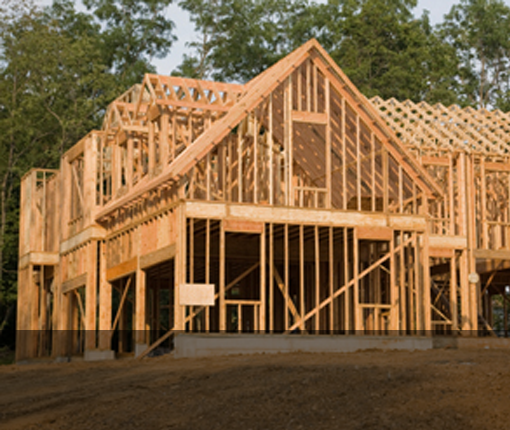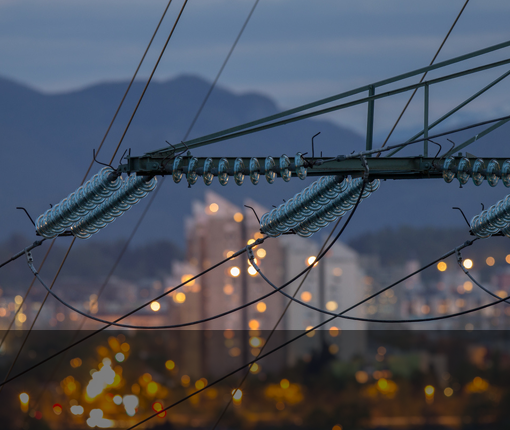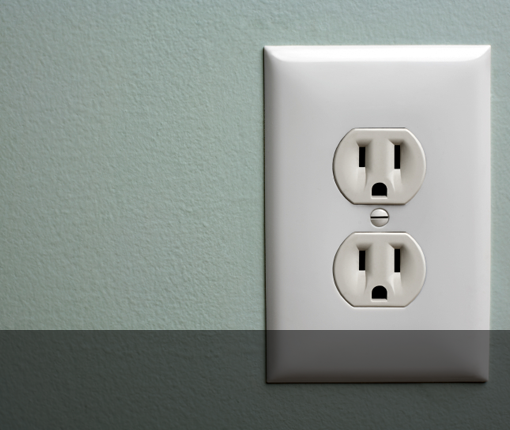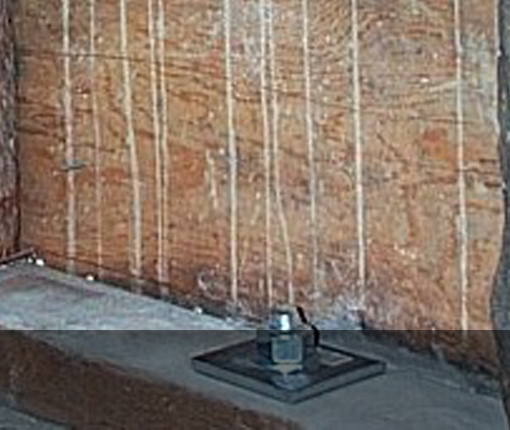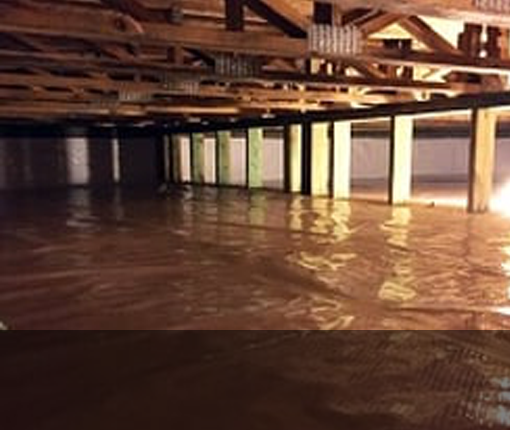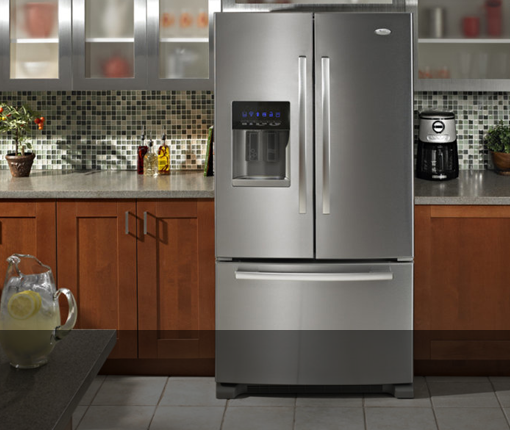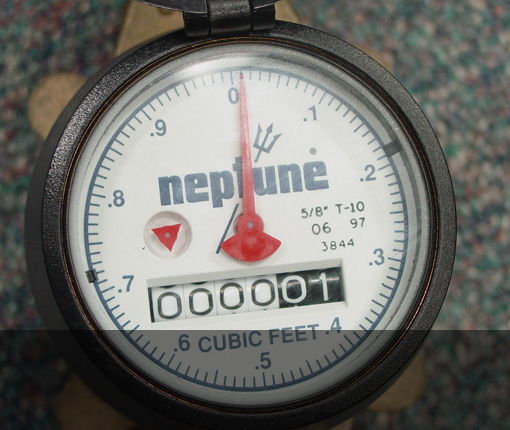Irrigation and Drainage
Irrigation

Plant watering systems make it possible for exotic landscapes to grow where they may not otherwise survive. A good irrigation system will deliver the right amount of water to the plants, while avoiding damage to property.
Proper irrigation design should start with the needs of the plants first. Plant and tree water requirements can be found here. Once the plant needs are established then you should adjust for the climate, ground conditions, drainage etc.
Lawns or ground covers are low to the ground and spread over large surface areas. Overhead sprinklers work well for this application. Individual shrubs and young trees on the other hand, fare better with drip systems. Drip irrigation can deliver precise amounts of water directly to the root system of the plant.
A basic irrigation system will have the following five components.
- a water source
- a controller/timer
- water piping
- station valves
- spray heads or droppers.

To-Do
- Spend time to review your system design to see if it is appropriate for your landscape needs. Consult a landscape designer if needed.
- Monitor and track your water bills for use and to notice any abnormal consumption indicating a leak.
- Dead or dying plants indicate drips or irrigation not working properly or blocked spray heads. Large wet areas or standing water is an indication of a broken head or timer overwater or malfunction.
- Consult your sprinkler system manual for detailed use, care, and winterizing instructions of the system.
- Direct sprinkler heads away from the home. Sprays or bubbler type irrigation heads are not recommended for use adjacent to the structure.
Maintenance
- 1x per week: Conduct weekly operational checks during the season to avoid leaks and ensure proper performance of the system including sprinkler heads and drips. This is especially important if you irrigate at night and might not normally be aware of a major leak.
- 1x per year: Annually drain and service sprinkler systems, inspect each sprinkler head and make sure the drips are in place and working. Trim any vegetation away from blocked heads, clean any clogs and replace any defective heads or drippers.
Drainage
Water is the universal solvent and one of the most destructive substances to your home. Water comes at your home naturally in the form of rain, snow, ice and hail. For this drainage section we are talking about water in liquid form. Rainwater, subsurface water, irrigation overspray or flooding. The single most important task to ensure a durable home is to control and protect the structure from water. A good drainage plan is the best way to protect your home from water. Install it during the construction of the home. This is a good time because the foundation is exposed at that point, and no landscape or hardscape obstructions have been put in place. That is when it is easiest to install the components needed for good drainage.

Building on high ground has always been a good rule. High and dry! This is because water will take the path of least resistance every time. If your home is on high ground, water will be running away from it.
To-Do
- Check your plans or consult with a contractor to see what your home has in the way of a drain system.
- Identify the location of the parts and confirm they are working by using a hose to do a controlled test.
- If you have a gravity system with no sump pump, then make sure the outfall or daylight end is clear and free draining in a safe place.
Maintenance
- 1x per year: Test the system once per year in the dry season with a hose.
- 1x per year: Clean out catch basins, drain entry points and any debris blocking the drain outfall.
- 1 x per year: Test the sump pump for operation and make repairs as needed.

Drain system components
A good drainage system includes a perimeter interceptor drain at foundation level. This system would include drain rock, perforated drain pipe, filter fabric, a catch basin and sump pump (if needed). In addition, there should be separate solid drain pipes to pick up the water from each downspout. Important. Do not connect solid lines carrying downspout water with the perforated perimeter drain lines. All surrounding finish grades should start at the foundation (4-6″ below the siding) and slope downward out at least five feet at a minimum of 1″ per foot. Do not add more soil, mulch or compost above these grades once they are established. The purpose of the drain system is to prevent water from damaging the home. Water does this by softening the footings and getting under the house. Water under the home can elevate moisture levels and cause mold, and problems like rust, dry rot and poor air quality. Drain systems collect and divert water away by gravity, or by pumping if needed. Standing water around your foundation or under your house indicates your drainage system has problems and corrections need to be made. Do so as quickly as possible.






